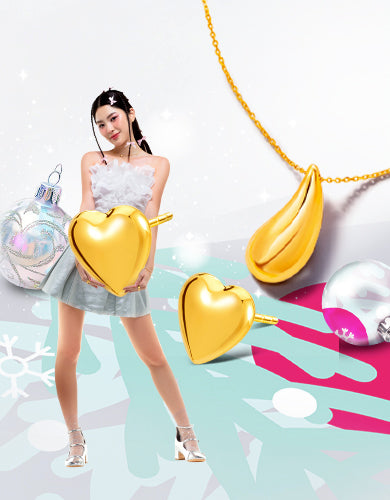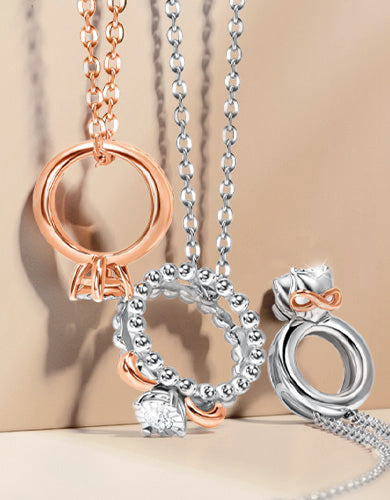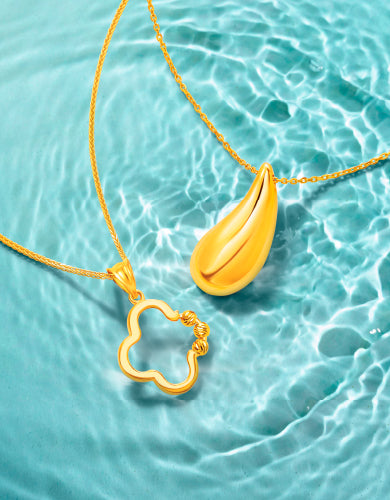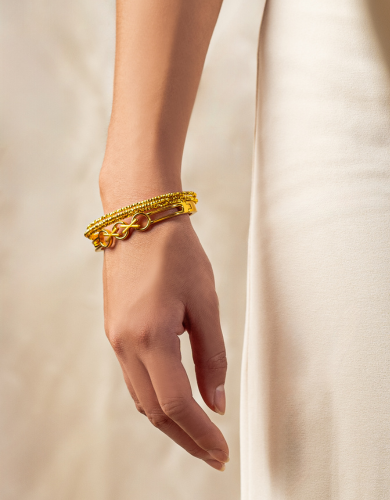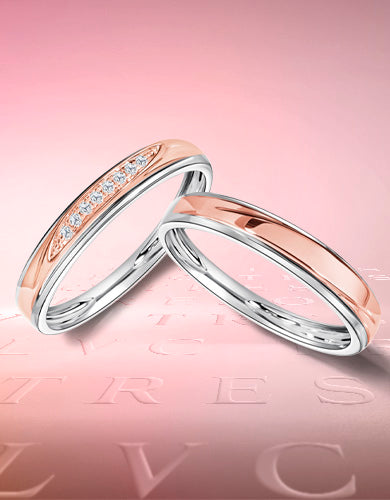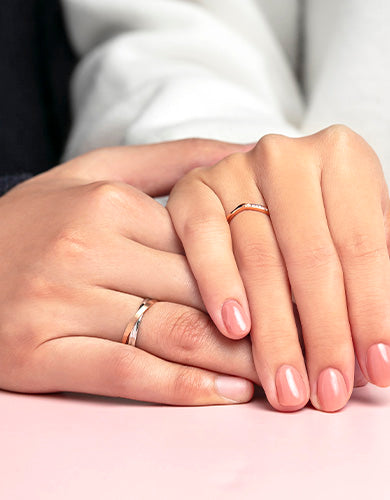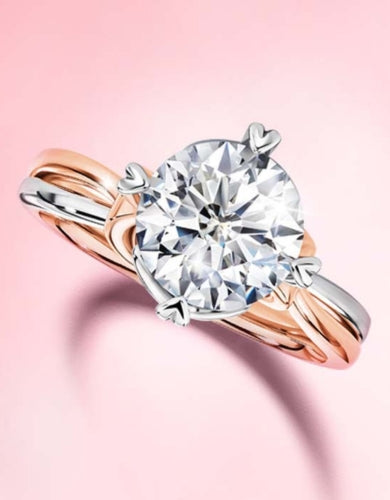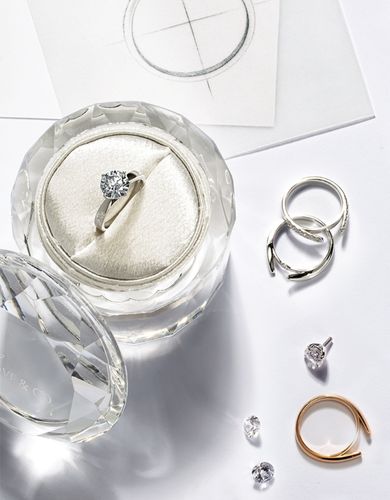You’re in the market for a shiny new diamond: perhaps it’s an engagement ring for the love of your life, or a little indulgence on a new accessory as a treat to yourself! With diamond jewellery going for thousands of dollars, you want to make sure you know exactly what you’re purchasing with your hard-earned money.
For first-time jewellery buyers, having a handy guide to refer to can be a lifesaver! Feel lost no more at the jewellery shop. Make more informed decisions when you understand the key terms in diamond terminology!
4Cs: Acronym standing for the diamond’s cut, colour, clarity and carat. These are the top four characteristics to look for when purchasing a diamond.
Cut
Cut determines how a diamond’s facets interact with light. The cut of a diamond refers not to its shape, but its balance of proportion, symmetry and polish that creates sparkle and brilliance. Cut is the most important determinant of the stone’s overall beauty as it is responsible for the quality of a diamond’s brightness and sparkle. The quality of a diamond’s cut boils down to 3 aspects: symmetry, polish, and proportion. Cut grades can go from Good to Very Good to Ideal, with the best cut diamonds even having the ability to hide minor imperfections in the gem. Diamond’s cut will affect the price as it is based on the precision and quality of the cut—primarily its proportions and symmetry.
Diamond shapes

Diamond Cut doesn’t refer to the shape of the diamond. For diamond shapes, it refers to the shape of the diamond’s outline when you look at it from the top-down. The classic round diamond shape is by far the most popular choice for solitaire diamond rings. But if you’re looking for something different, there are other shapes to match your style and taste. Since each diamond shape is cut to different specifications, they reflect light differently, giving each shape its own fire and brilliance. The different diamond shapes are like princess cut, cushion cut, or marquise cut to offer a different appeal. Every diamond shape has its own beauty, so choose the cut that best speaks to you.
You can read more of the diamond shapes here: https://love-and-co.com/education/diamond-shape
Clarity
Clarity is a measure of how pure the diamond looks. Impurities in a diamond are called ‘inclusions’.
Under 10x magnification, gemologists identify and classify a diamond’s clarity by size, type and position. Inclusions are mapped onto a “diamond plot” which are unique for every diamond. Gemological labs, such as De Beers, GIA, and IGI, grade diamonds on a scale from “Included (I3)” to “Flawless (FL)”.
Colour

Colour refers to the natural colour visible within a diamond, and not the reflection of spectral colours that flash when a diamond moves. Most diamonds naturally exhibit slight hints of yellow, brown, or gray.
The less colour a diamond exhibits, the higher the rarity, and thus the higher the value.
For diamond’s colour, it is graded as followed:
- D, E, F – Colourless
- G, H, I – Near Colourless
- J and Below – Coloured
Do note, different kinds of settings can affect the appearance of the diamond colour. For example, a rose gold ring setting will cast a warm glow, and hence looks best with diamonds of a faint colour. For platinum or a white gold ring setting, it highlights the glacial appearance of a near-colourless diamond.
Carat
Carat refers to the weight of the diamond, where 1 carat equals to 0.2 grams.
Due to the rarity of large, naturally-occurring diamonds, the price of a diamond increases exponentially with every increase in carat weight. That is why you will find that a 1-carat diamond will cost more than two 0.5 carat diamonds!
While now you know what carat means, it’s also important to remember that a diamond’s value is determined using all of the 4Cs, and not just carat weight.
Fluorescence
Some diamonds emit a subtle glow when exposed to UV rays. The light emitted by the diamond is described as fluorescence, and can be bluish, or in rarer cases, yellow or orange.
Fluorescence is graded from None to Very Strong. For colourless diamonds , those with a grade of D-F, will most likely sell at a discount if there is a fluorescent glow under a UV light, as the fluorescence is seen as a defect that makes the diamond seem coloured. However, fluorescent diamonds with a colour grade of I-M will actually benefit from fluorescence.
However, in most cases, fluorescence is quite subtle, and is not seen unless the diamond is exposed to strong UV light for prolonged periods.
Certifications

Most consumers don’t know how to tell for sure whether a gem is a genuine diamond. That’s where certifications come into play! Certified diamonds help buyers validate the authenticity of a diamond, as well as provide information about the stone’s key properties, like its carat size, clarity grade, colour grade, and light performance.
Diamonds are assessed by independent gemological laboratories, of which the most prominent ones in the world are Gemological Institute of America (GIA), International Gemological Institute (IGI) and De Beers Group Institute of Diamonds (IOD).
Diamond certificates provide all consumers with a degree of confidence that the diamond is genuine and has been accurately presented by a jeweler. Some laboratories also issue light performance certificates, grading diamonds on light reflection parameters (e.g. Sarine Light™).
Love & Co.’s very own Lovemarque diamonds are certified by IOD, while our lab-grown diamonds LVC Precieux are IGI-certified, giving you more reasons to be assured of quality diamonds from us!
Now, with this information, you’re ready to go diamond shopping! If you are still unsure of anything, don’t hesitate to speak to a trusted Love & Co consultant.
Here at Love & Co., we are always delighted to share our diamond-buying tips, jewellery care advice, and recommendations with our precious customers. Head on to our stores to chat with our jewellers and explore our range of diamond jewellery today.

